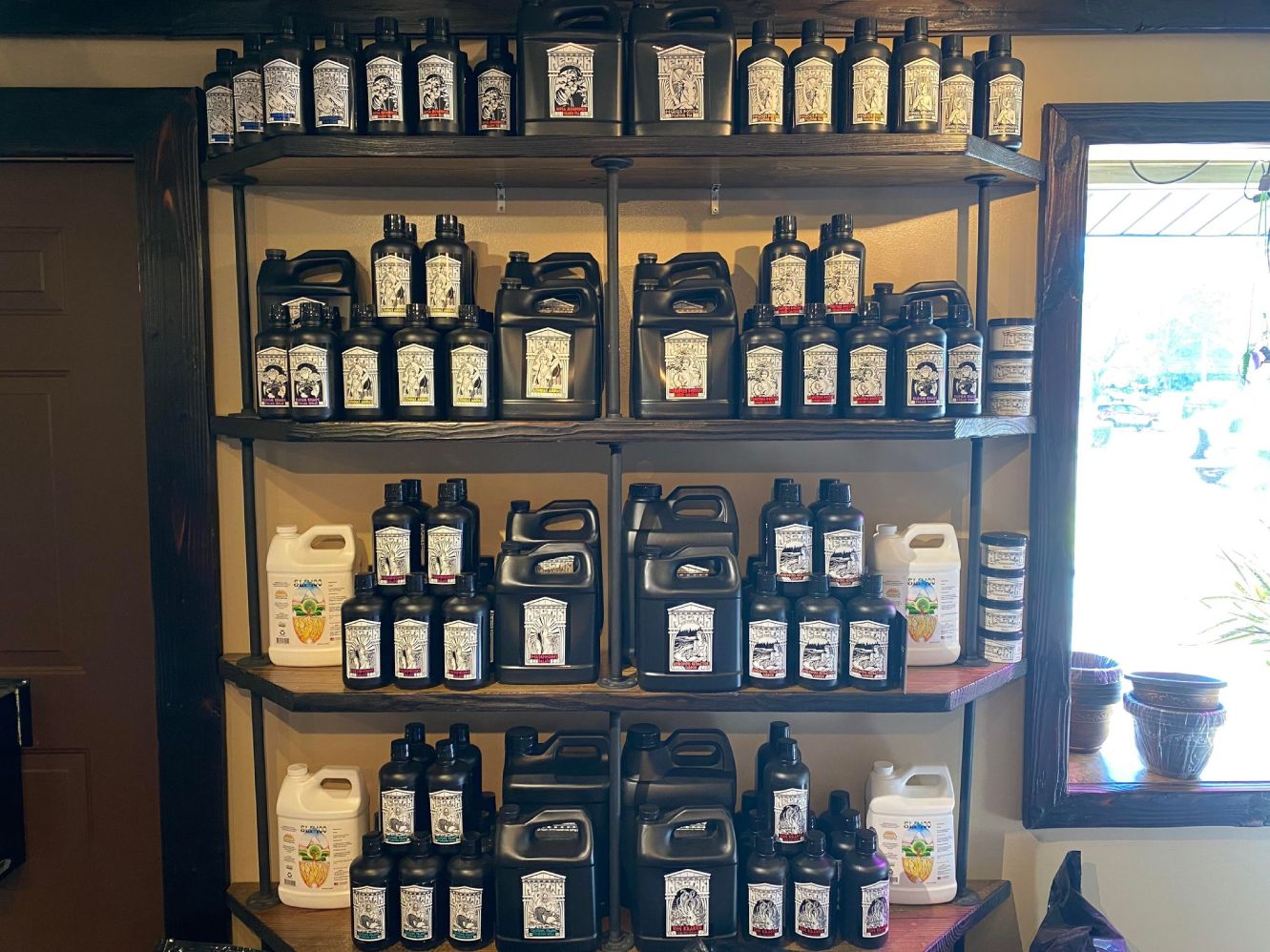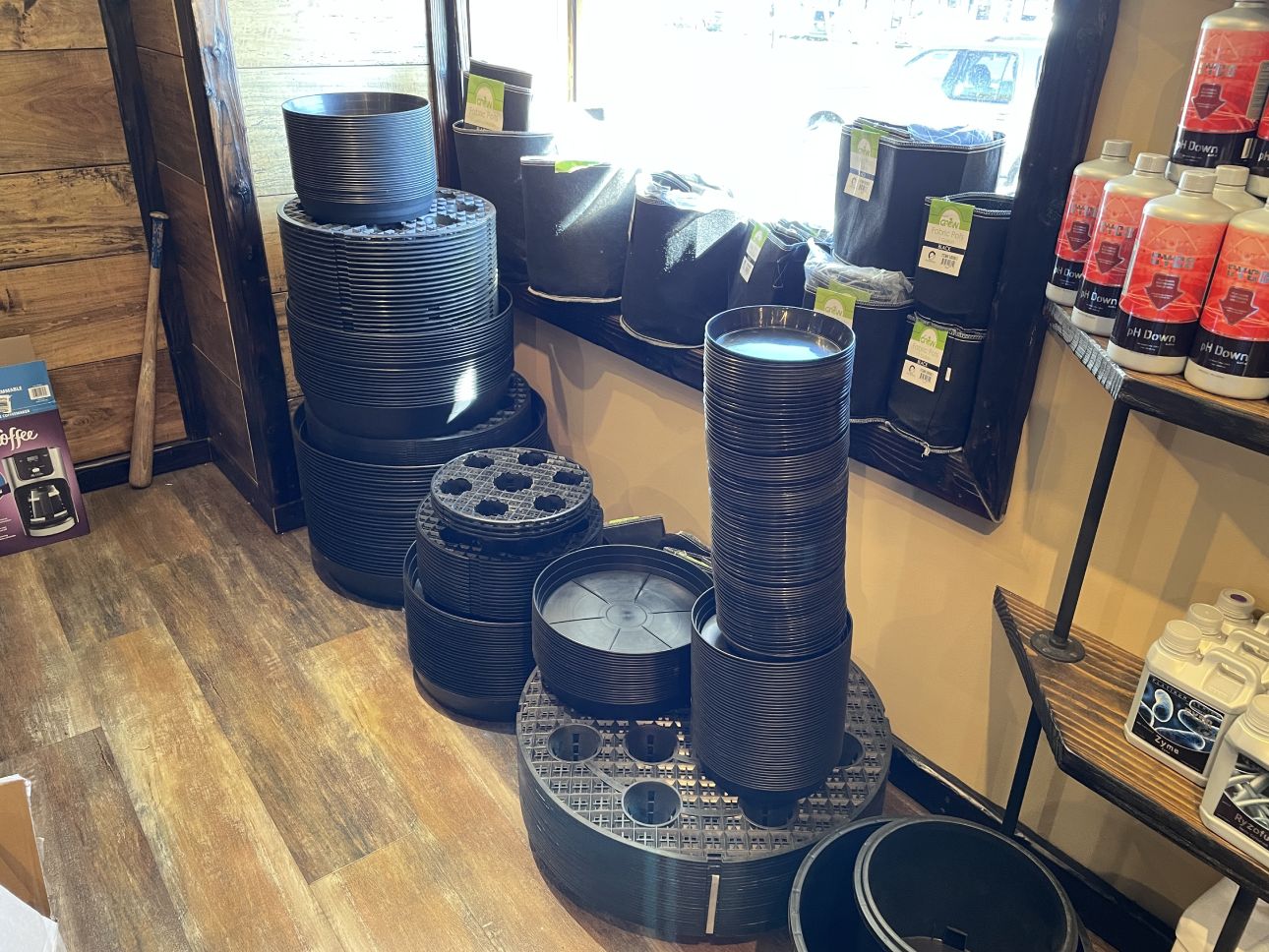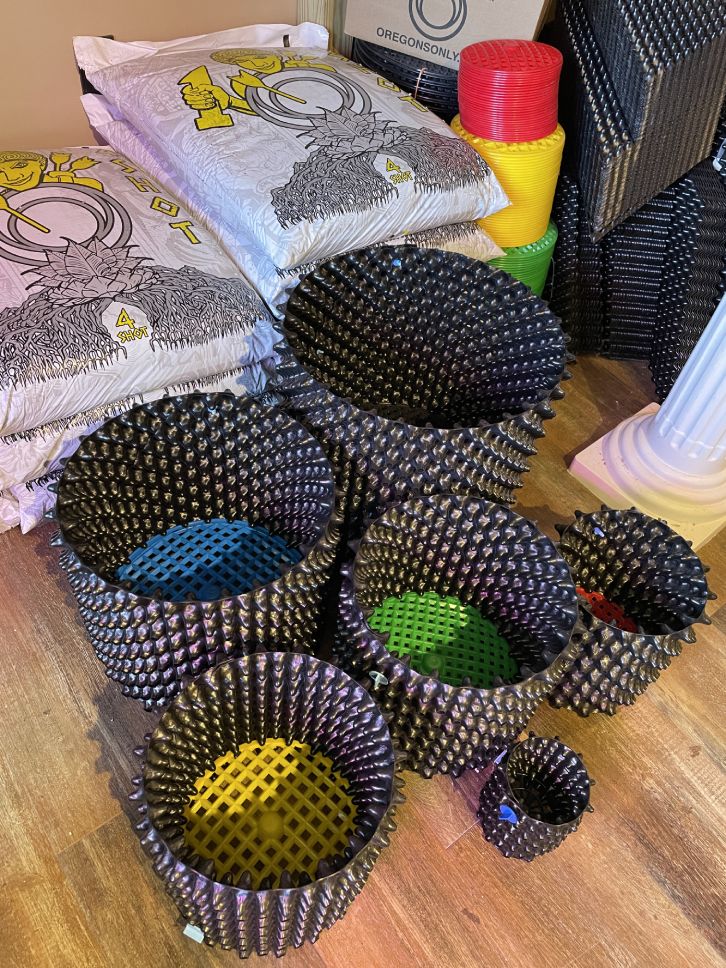Unlocking the Possible of Hydroponics: Understanding Its Utilizes and Various Types
Hydroponics, a technique of cultivating plants without dirt, has gathered enhancing attention for its potential to transform agriculture and gardening techniques. As we navigate with the detailed landscape of hydroponic systems and techniques, it becomes noticeable that each method holds distinctive benefits and limitations.
Benefits of Hydroponic Solutions

One more advantage of hydroponic systems is the capability to grow plants in a smaller area. Hydroponic systems decrease the danger of soil-borne diseases and insects, as there is no soil to harbor these risks.
Usual Utilizes in Agriculture

Provided the reliable water preservation and space-saving benefits of hydroponic systems, it is noticeable that these innovative agricultural approaches have actually discovered usual usages in numerous markets of farming. The regulated environment of hydroponic systems allows year-round cultivation, giving a consistent supply of fresh produce regardless of external climate problems.
Hydroponics is generally used for growing a variety of crops, consisting of leafy greens, tomatoes, cucumbers, strawberries, herbs, and peppers. Additionally, hydroponic systems are utilized in research and educational settings to examine plant growth, nourishment, and growing techniques.
Checking Out Different Hydroponic Techniques
What are the various cutting-edge methods used in hydroponics to enhance plant farming performance and yield? Hydroponic systems use a range of techniques that accommodate different plant kinds and farming objectives. One popular strategy is the Deep Water Culture (DWC) system, where plant origins are submerged in a nutrient service, giving ample oxygen and nutrients. One more widely made use of approach is the Nutrient Movie Strategy (NFT), which involves a superficial stream of nutrient solution moving over the plant roots, promoting water and nutrient uptake. In addition, the Ebb and Circulation system, likewise referred to as the Flooding and Drain system, intermittently floodings the plant roots with nutrient service, permitting oxygenation throughout draining pipes periods. Aeroponics is another innovative strategy that entails misting plant origins with a nutrient option, taking full advantage of oxygen absorption and nutrient uptake. Each of these methods showcases the adaptability and effectiveness of hydroponic systems in improving crop development and yield.
Comparing Various Hydroponic Systems
Exploring the efficiency and yield improvement strategies in hydroponics leads us to compare different hydroponic systems readily available for plant farming. Each hydroponic system has its special functions, advantages, and limitations, making it crucial for farmers to select the most suitable system based upon their specific requirements and restrictions.
One of the most common hydroponic systems is the nutrient film method (NFT), where a thin film of nutrient remedy constantly flows over the plant roots. In comparison, the deep water culture (DWC) system immerses plant origins straight right into the nutrient remedy, providing ample oxygen and nutrients.
An additional preferred hydroponic system is the ebb and flow (or flooding and drain) system, which regularly floods the plant roots with nutrient solution prior to draining it. By comprehending the differences in between these hydroponic systems, cultivators can make informed choices to make best use of crop yield and quality.
Advancements in Hydroponic Technology
With improvements in hydroponic technology, the farming sector is experiencing a shift in the direction of much more reliable and sustainable farming approaches. Developments in hydroponic technology are changing the means plants are expanded by maximizing returns, saving resources, and minimizing ecological influence. One vital innovation is the advancement of clever hydroponic systems that make use of sensors and automation to check and change ecological conditions such as pH levels, nutrient pop over to these guys focus, and light exposure in real-time. These systems make it possible for specific control over growing conditions, leading to ideal plant development and higher plant yields.
One more notable improvement why not try here is the assimilation of vertical farming strategies with hydroponic systems, permitting for the farming of plants in stacked layers. This vertical approach makes the most of room use, making it suitable for metropolitan environments where land availability is limited - The Indoor Earthworm. In addition, using advanced LED illumination systems tailored to particular plant needs has enhanced energy effectiveness and boosted development rates in hydroponic setups
Developments like these are driving the evolution of hydroponics, making it a highly attractive and lasting choice for contemporary farming.
Final Thought
In conclusion, hydroponics offers many benefits in farming and has different strategies and systems that can be utilized to optimize its capacity. Technologies in hydroponic technology remain to enhance efficiency and sustainability in food production. By recognizing the usages and various sorts of hydroponic systems, farmers and cultivators can open the complete possibility of this innovative method of expanding plants without dirt.
Furthermore, hydroponic systems enable for better control over nutrient degrees, pH balance, and ecological problems, leading to healthier plants and higher yields.

Comments on “Achieve Gardening Success with The Indoor Earthworm's Growing Process”